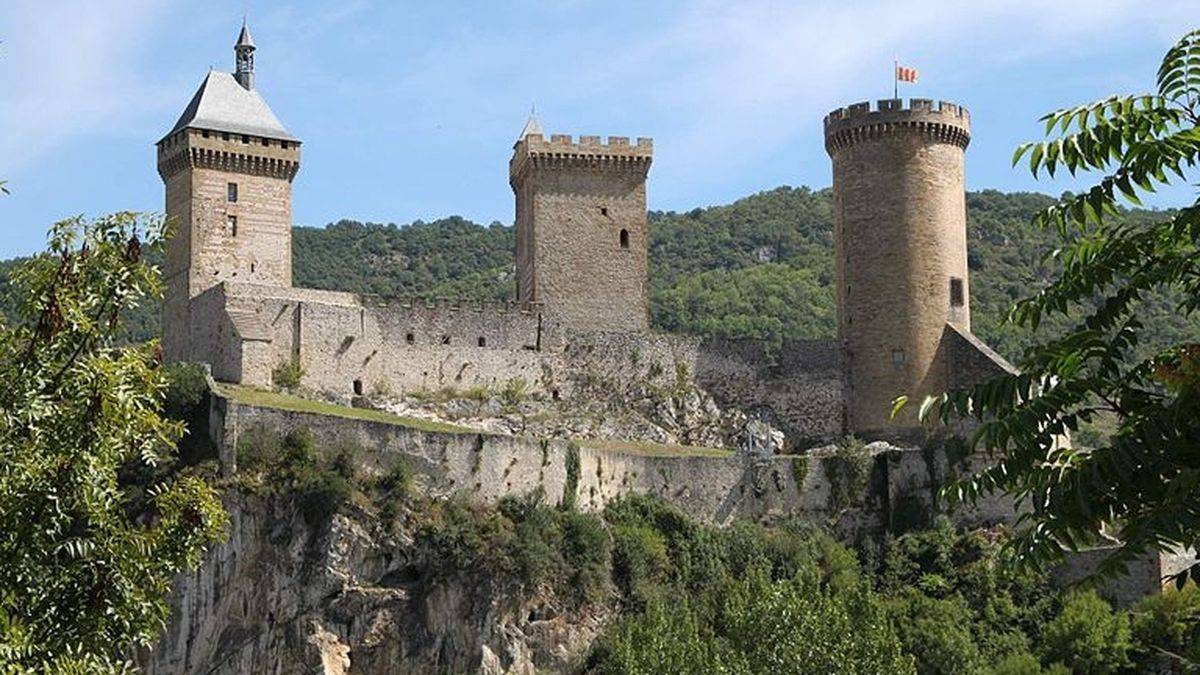 The castle | ©Totor-22 / CC-BY-SA
The castle | ©Totor-22 / CC-BY-SAThe history began with first lords of Foix, Bernard-Roger, count of Foix, Roger the Old's son, count of Carcassonne.
This one shared his lands with his 3 sons: Bernard received Foix. At the end of the 12th century, counts became Cathars, so did their allies counts of Toulouse.
This decision incurred Pope's anger, but also a siege in 1211 by Simon of Montfort, leader of the famous croisade des Albigeois ("Cathars' crusade").
But damned! The fortress was impregnable! The famous medieval poem called Chanson de la croisade contre les Albigeois ("Cathars' crusade's song") said at that time: Le château est si fort qu'il se défend par lui-même, "the castle is so strong that it defends itself all alone"!
Mhh, sure, but 5 years later, Montfort succeeded in besieging Foix! Count Raymond-Roger demanded redress to the pope Honorius III and finally, he get back his castle in November 1216. Phew!
In June 1272, king Philip III the Bold besieged it. Why? Because the grand-grand-son of Raymond-Roger, Roger-Bernard III, had defied king of France's authority... This lord had to beg forgiveness, but it was too late!
The king sent him to jail, then released him one year later. Roger-Bernard came back in Foix in 1275: 15 years later, he became viscount of Béarn!
Then, famous Gaston Phébus, count of Foix, turned up between 1343 and 1391: he raised a round tower and reinforced the wall.
When he died, the castle fell to the Grailly, then by marriage to the d'Albret family in the 16th century. Then Foix was abandoned and fell into ruins.
It was transformed into a jail in the 18th century until the end of the 19th century. Nowadays, it houses the departmental museum.
